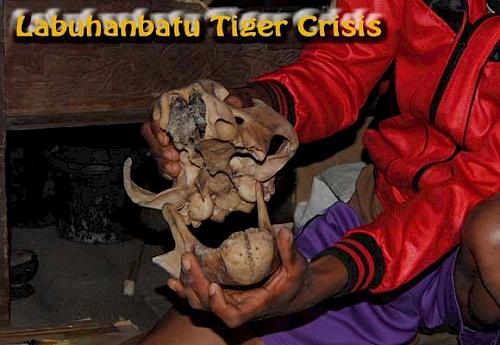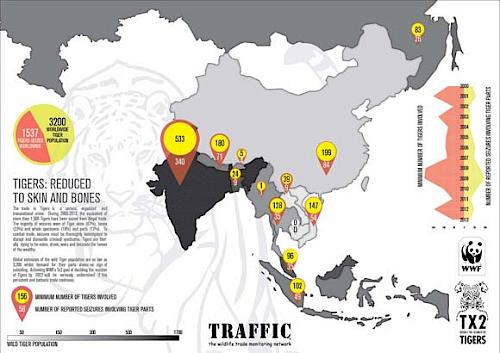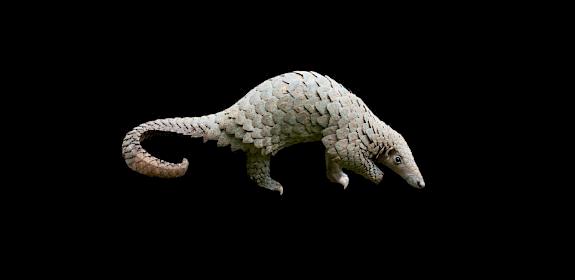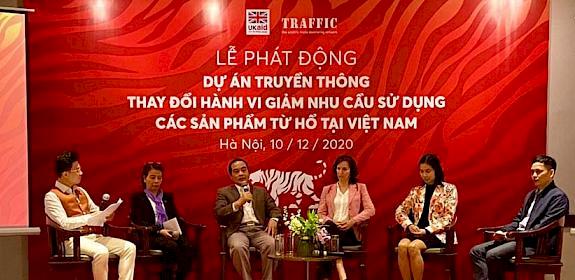UK launches new programme to reduce demand for Tiger parts
London, UK, 12th February 2014—The UK Government today announced its support for a programme to protect and recover wild Tigers by reducing the demand for their bones and other body parts.

The commitment is part of the UK Government’s ongoing support for the Global Tiger Recovery Program (GTRP), endorsed by all 13 Tiger range countries at the ‘Tiger Summit’ held in St Petersburg in 2010 and was made ahead of the London Conference on Illegal Wildlife Trade currently taking place and hosted by UK Foreign Secretary William Hague.
“Today’s conference is about bringing together world leaders to find real answers to the devastation of wildlife crime. This is something that brings untold misery to people across Africa, and feeds regional and international instability. Above all though, it is a terrible act that endangers species and threatens entire ecosystems. That is why this government is funding TRAFFIC to help reduce demand for tiger products. I hope that the conference, along with the excellent work being done by TRAFFIC, will encourage others to protect this beautiful animal before it is too late,” said the UK Government’s Foreign & Commonwealth Office Minister for Africa, Mark Simmonds.
Demand for tiger parts and derivatives continues to drive poaching of Tigers and fuels an increasingly sophisticated network of illegal wildlife trafficking in the 13 tiger range countries.
The announcement came as new figures and photographs were released highlighting the critical situation facing wild Tigers from poaching activities. According to new research carried out by TRAFFIC, parts of 1537 Tigers have been seized in illegal trade across 13 Tiger range countries in the 14 years between 2000 and 2013. The figures equates to 110 Tiger parts trafficked per year, or two per week.
The startling figures were announced as new photographs of poachers attempting to sell Tiger bones were released. The images were taken last month in Labuhanbatu province, Sumatra, Indonesia by Tiger conservationists posing as buyers.
The poachers claimed to have snared and sold the bones and other body parts of Tigers on three occasions since 2012. They told the undercover researchers the skin, teeth and claws were sold separately as they were more valuable.
“The unremitting poaching pressure is steadily but relentlessly pushing the Sumatran and other wild Tiger populations towards the same fate as those in Bali and Java,” said Steven Broad, Executive Director of TRAFFIC.

“As TRAFFIC’s latest research and these photographs from Indonesia demonstrate, there is still some way to go to achieving the critical first step to accomplish the overall GTRP goal of doubling the number of wild Tigers by 2022—that of securing Zero Poaching of wild Tigers.”
Across Asia, wild Tiger numbers have plummeted from an estimated 100,000 animals at the turn of the 20th Century to as few as 3,200 today.
In Indonesia there are believed to be fewer than 500 wild Tigers left, all on the island of Sumatra. Tigers became extinct on the Indonesian islands of Bali in the 1940s and Java in the 1970s.
The seed money for this programme to address demand is being administered through a grant made to TRAFFIC from the GTRP Multi-Donor Trust Fund. This fund, administered by the World Bank, provides global support on the ground for the GTRP. It helps fill financing gaps with pooled funding from governmental, corporate, and private donors. The UK Government is the initial contributor to the fund. TRAFFIC’s partners in this project include WildAid, WWF and the Zoological Society of London.
“As tiger range countries have stepped up national efforts and made measurable progress in implementing the Global Tiger Recovery Program since the Tiger Summit in 2010, demand reduction is an element of global support that has taken time to get off the ground,” said Andrey Kushlin, Program Manager, Global Tiger Initiative, World Bank.
“By drawing on the body of work that has already been done on behaviour change and demand reduction, TRAFFIC and other partners help the efforts of the Tiger Range Countries in finally breathing life into Demand reduction work of the GTRP, supported by this Multi Donor Trust Fund.
“The London Conference is also a great opportunity for partners and donors to expand their support for these aspects of tiger conservation.”
Notes:
Behaviour Change We Can Believe In: Towards A Global Demand Reduction Strategy for Tigers - a paper that discusses why conservationists need to explore new approaches to understanding and influencing the behaviours that are driving consumer demand for Tiger and other products, and examines tools and models that can address the underlying drivers of these behaviours.
About the Global Tiger Recovery Programme
World leaders and the international conservation community called for sustained national and global action to eliminate the illicit demand for tigers at the International Tiger Forum held in St. Petersburg, Russia, in 2010. The Global Tiger Recovery Programme, endorsed by all 13 tiger range countries, is being implemented over a 12-year period with the ultimate goal of recovering wild tigers and doubling their population in the wild. Demand reduction is one of the GTRP’s essential areas of global support.



